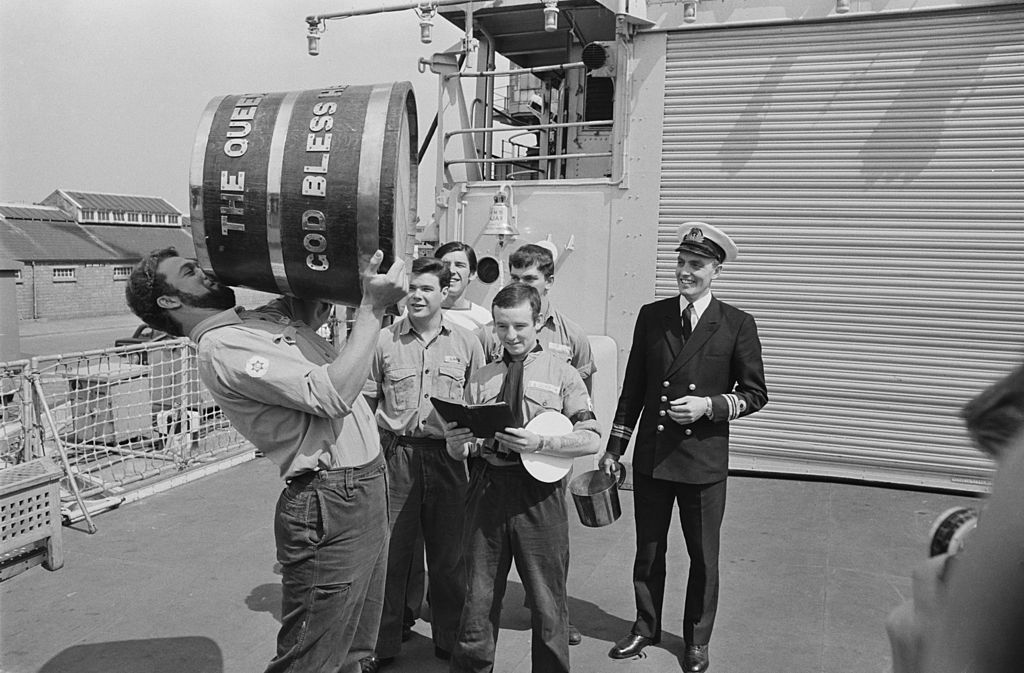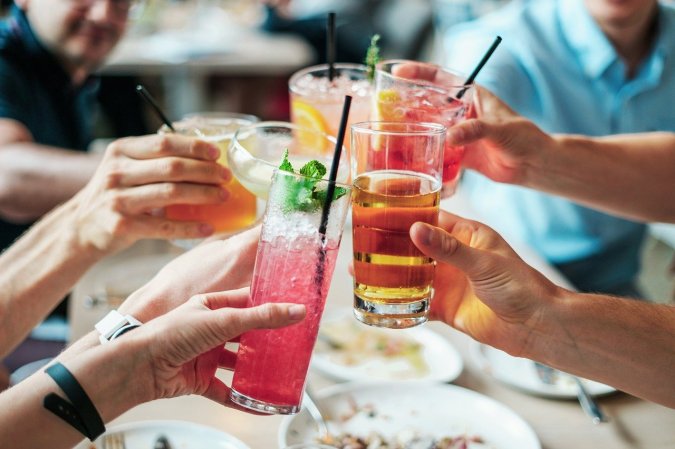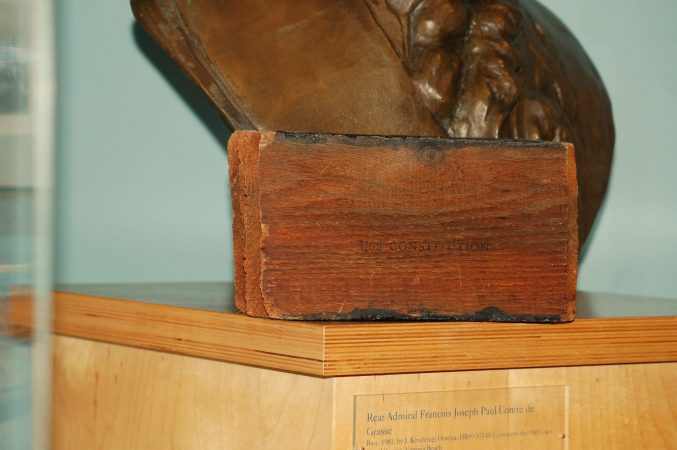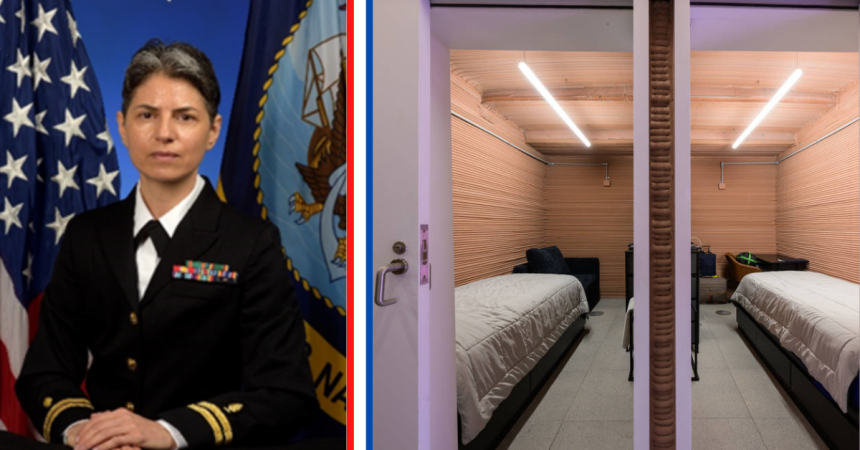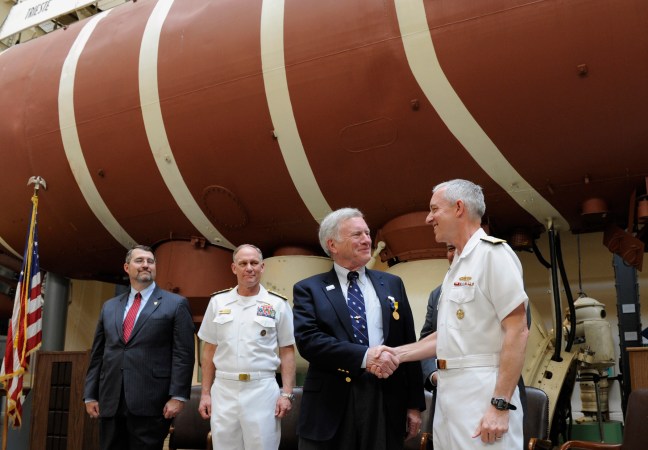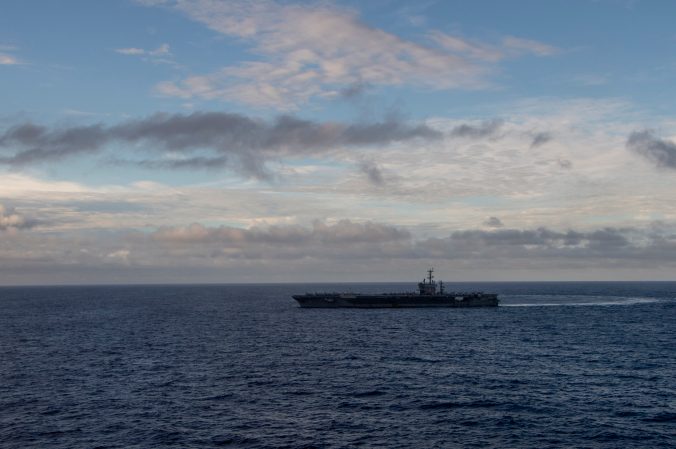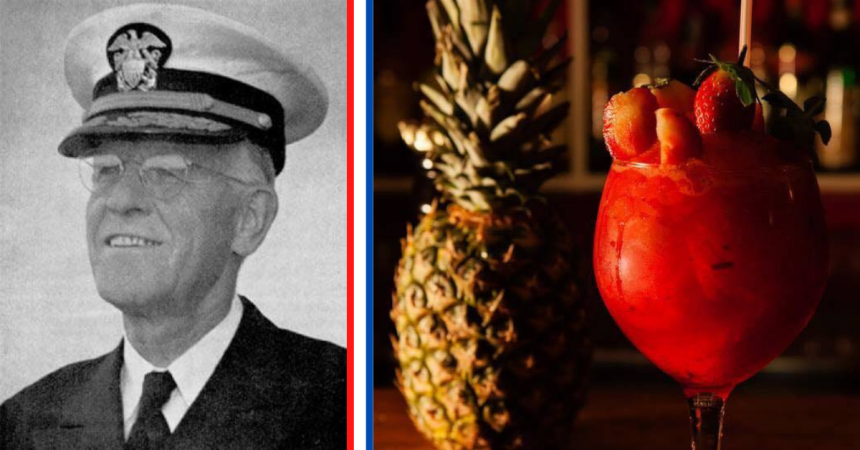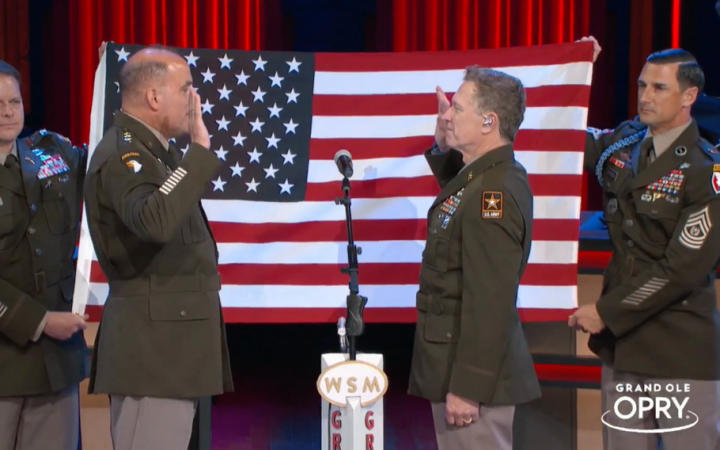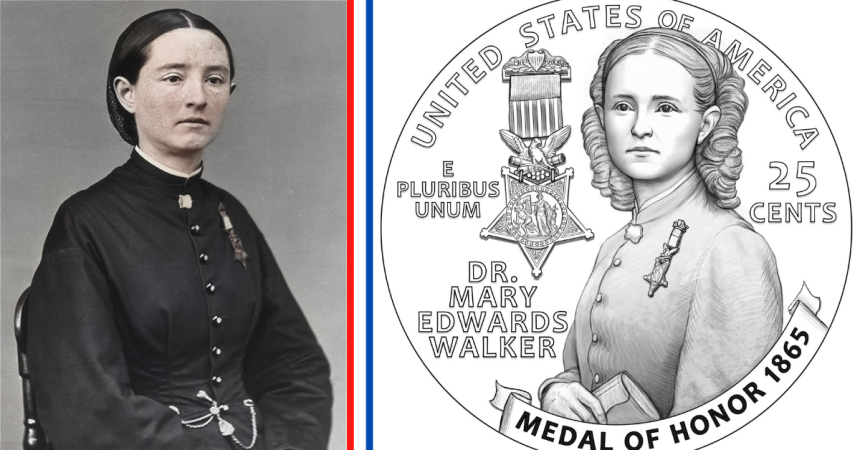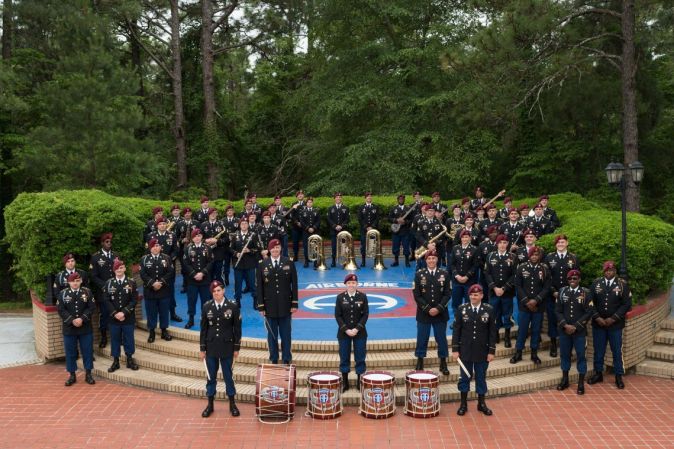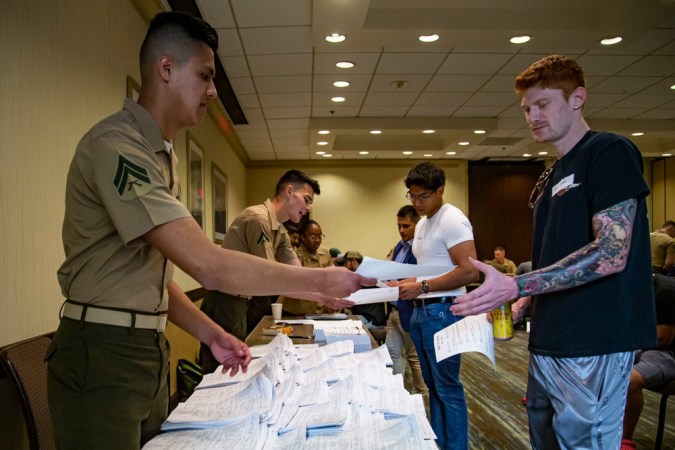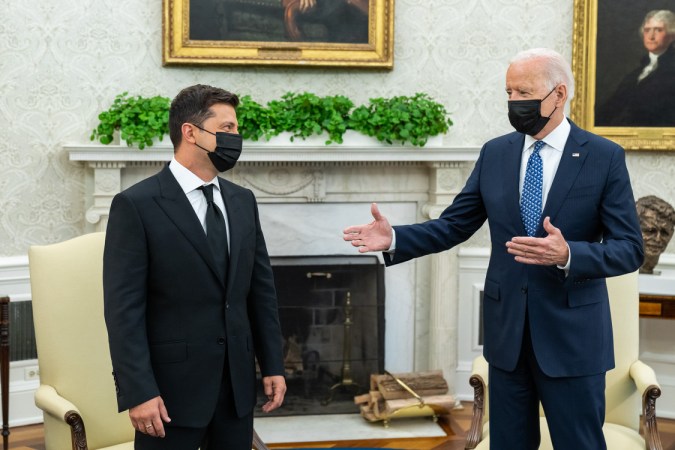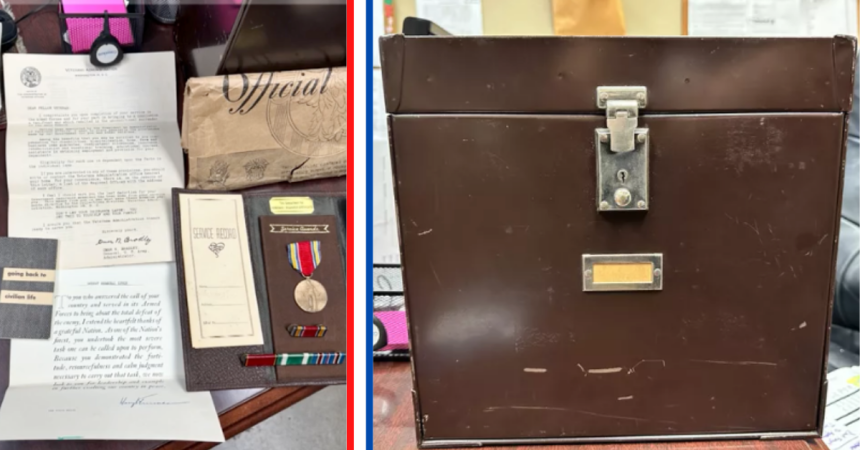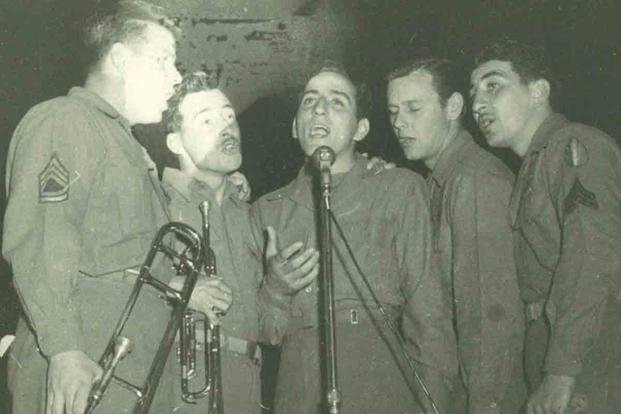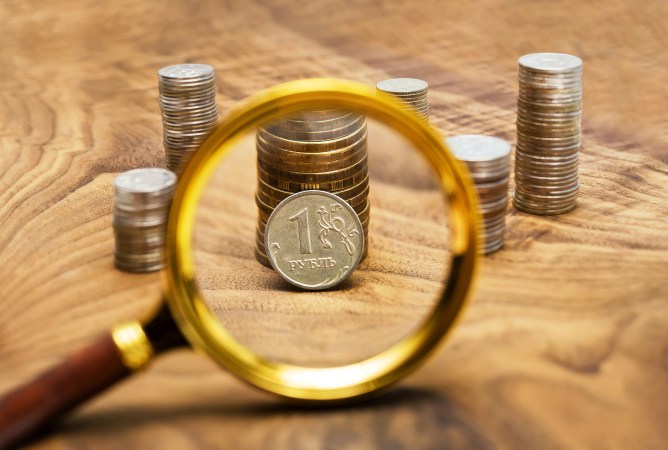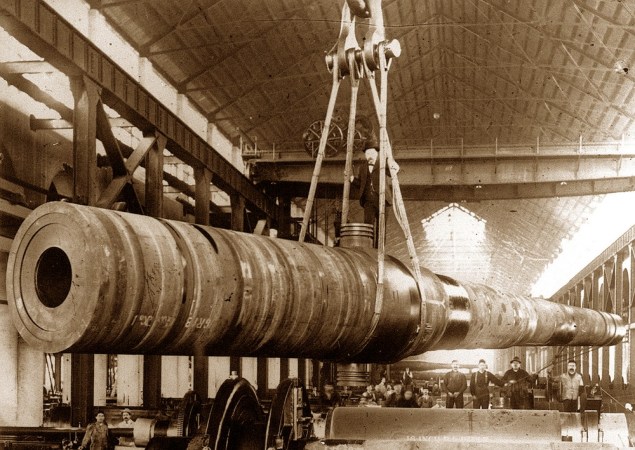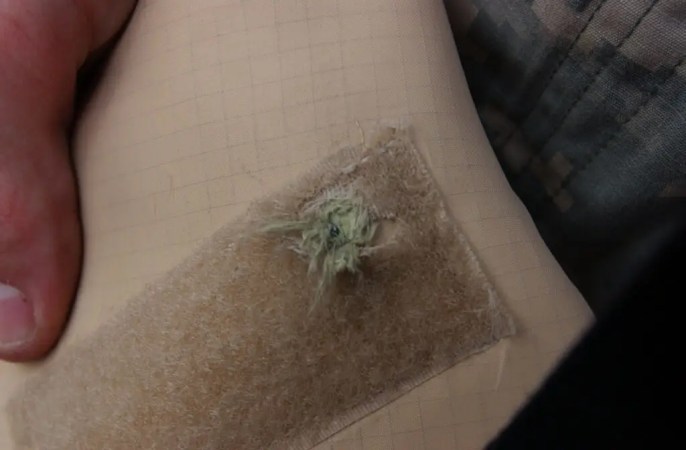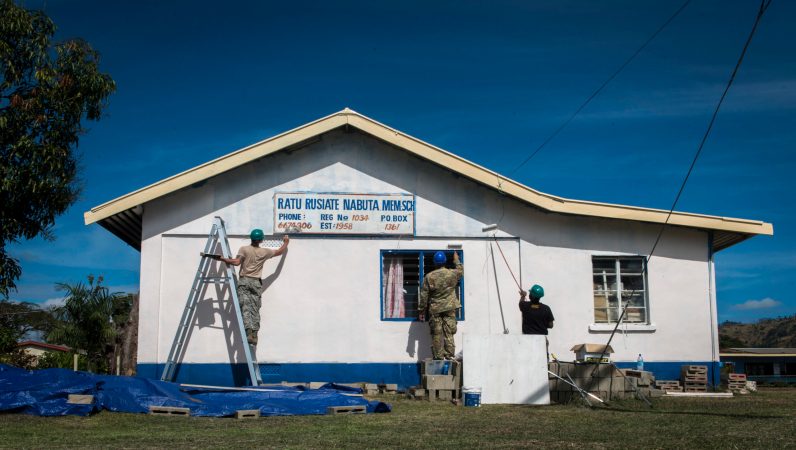During a quick browse through the gin section of your local Class Six, you might come across a label that reads “Navy Strength.” Be advised that choosing a Navy Strength gin over a more common label like Beefeater, Bombay or even Hendrick’s will give your tonic a potent kick – kinda like the power of a battleship’s guns.
It’s not only gin brands that offer a Navy Strength alternative. Any liquor can be dubbed Navy Strength, but it’s usually used for gin and rum – the chosen beverages for old-timey sailors. The reason for that is intertwined with the history of the title, and dates all the way back to the age of sail.
Any liquor with an alcohol by volume of above 57% can be considered “Navy Strength,” but the reason we most commonly associate it with gin and rum is because there weren’t a lot of sailors flying around the Caribbean drinking bourbon or tequila, if there were any at all. Rum and Gin were cheap, easy to produce, and didn’t lose their flavor over time. They also packed a wallop – or at least, they were supposed to.
Water wasn’t easily found at sea, and when it was available, it wasn’t always safe to drink. Beer would have been preferable but it also tended to spoil in wooden barrels. Distilled spirits, with their high alcohol content, never did. The British introduced rum, mixed with water and lime juice (to prevent scurvy) in the 1700s.
In the officer’s mess, however, they were enjoying gin, a similarly distilled spirit, but flavored with a mix of botanicals that came from Asia and Africa. It’s just one more perk of command. But whether you’re an officer or enlisted sailor, you want your daily alcohol ration to pack its expected punch, so the sailors would “proof” their booze.

The ship’s alcohol was stored in the hold next to the ship’s gunpowder back in those days, and for good reason. If the barrels of alcohol split open and drenched the powder, a proper-strength spirit would still burn, meaning the drenched gunpowder would still explode in the ship’s guns. It also meant the alcohol would have the sailors’ desired effects.
When the booze was first brought on board the ship, the sailors would test it using the powder. They would mix the two and light it on fire to see if it would burn. Any alcohol above 57.15% by volume would still burn the powder, and the crew would accept that the booze is “gunpowder proof.” Hence the “proof” designation on alcohol bottles – at least in the United Kingdom.
In the UK, a spirit above 57.15% is 100 proof. When diluted to 40%, it’s listed as 70 proof.
In the United States, the proof requires much less math. The U.S. proof of any given batch of alcohol is twice the percentage of alcohol by volume, so a 100-proof liquor is 50% alcohol by volume.
No matter what country the booze is from, it still needs to be able to burn with gunpowder to earn the title “Navy Strength.” So no matter how much math you’re doing to proof it, it still needs to be above 57% alcohol by volume. It’s unlikely that any manufacturer or distiller is still using gunpowder to determine its strength, though.

